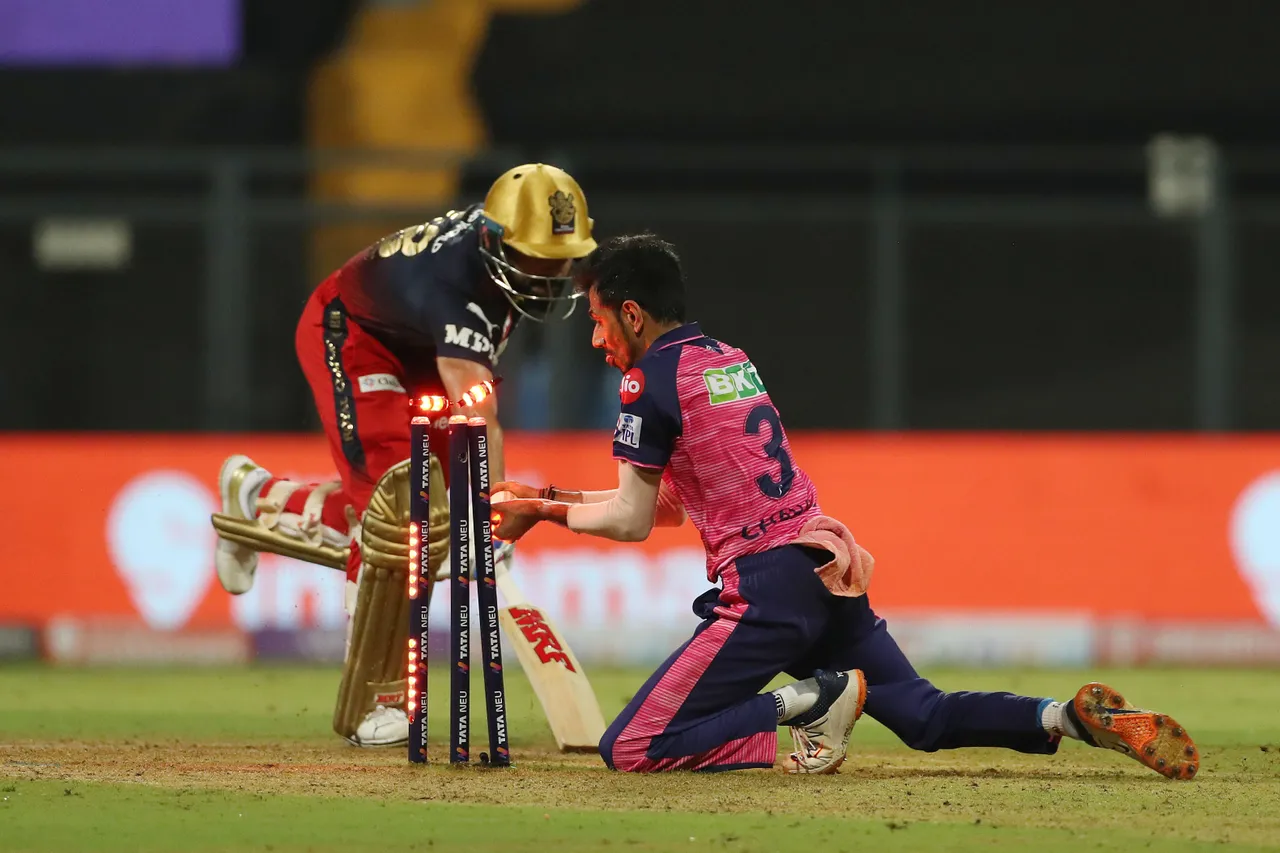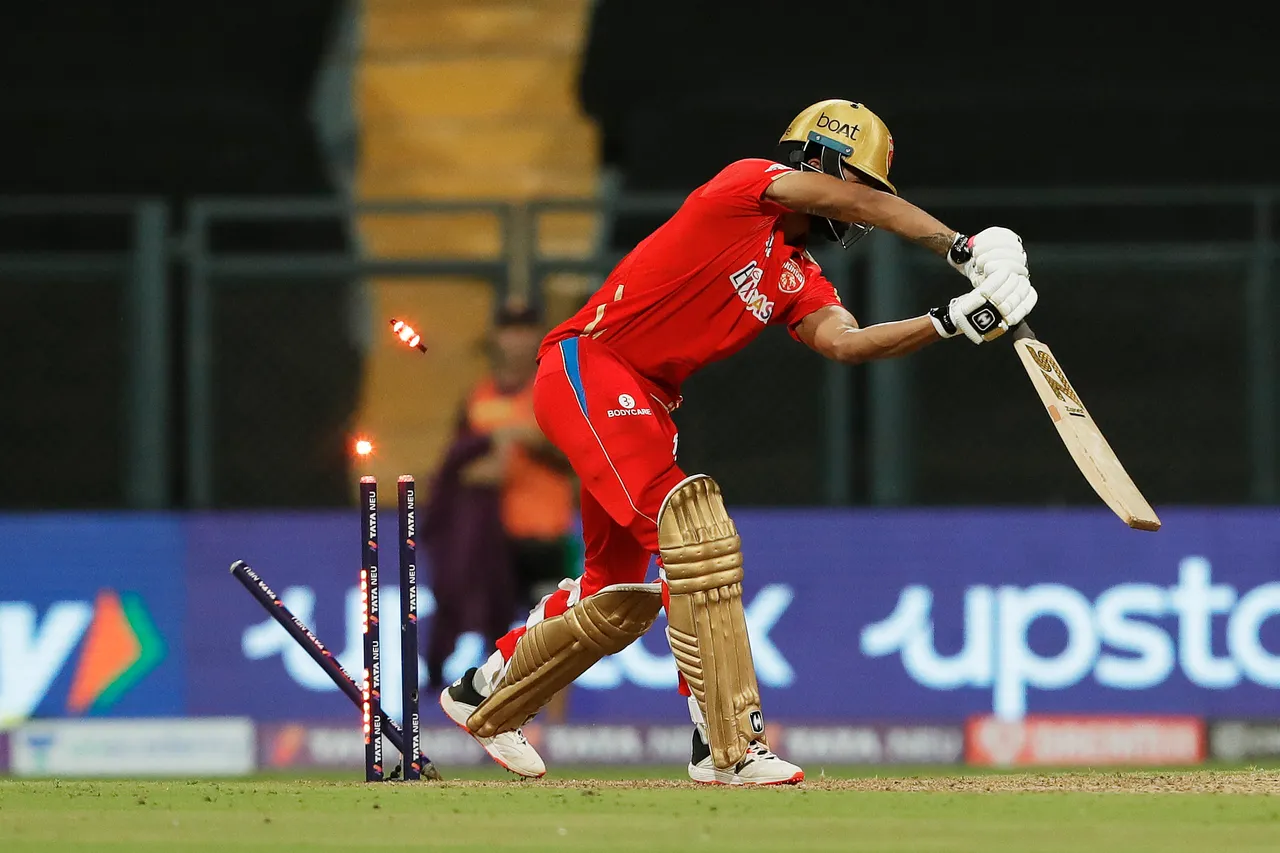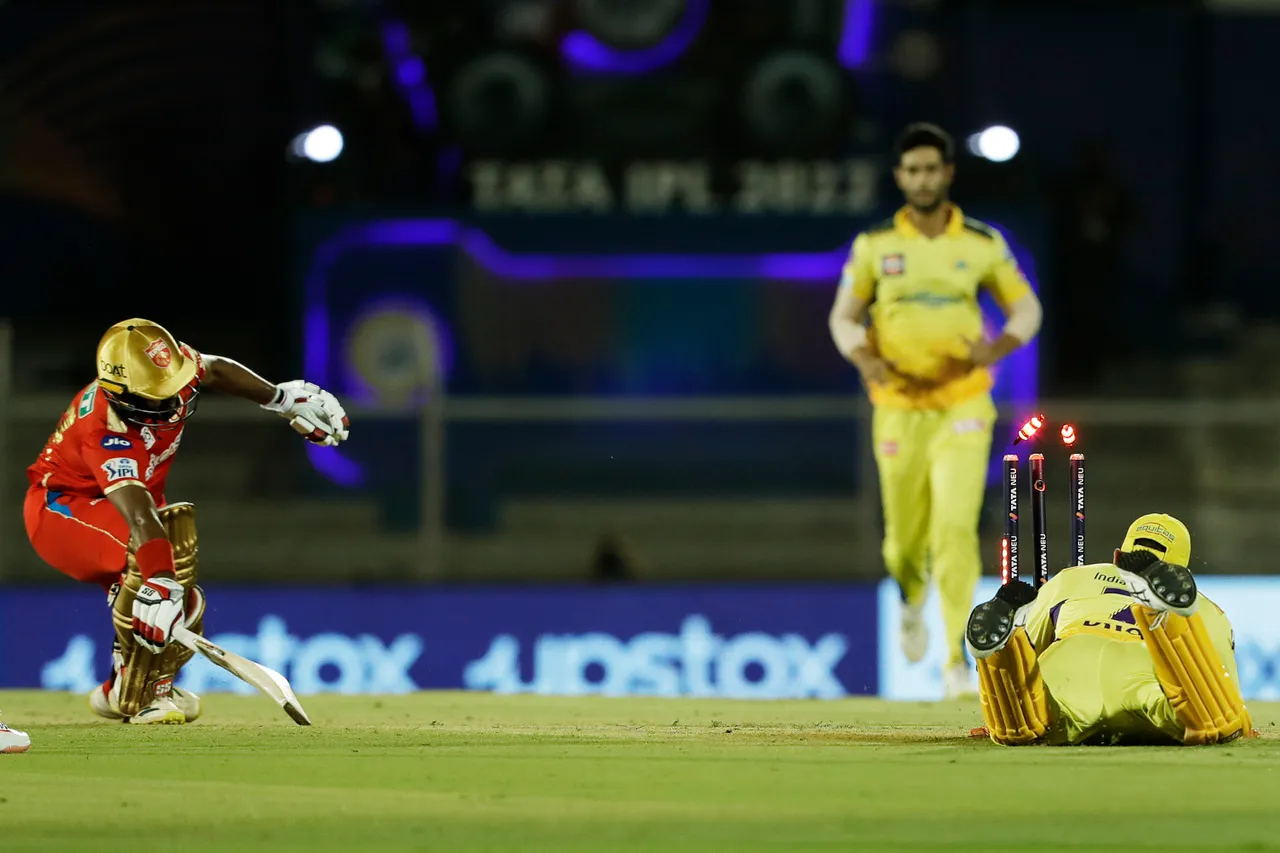
How much does BCCI pay for LED stumps, Zing bails in IPL?

Over the years, cricket has embraced technology. There have been several innovations that have made the sport better and also enhanced the viewing experience. One of the recent inventions is the Zing Cricket Wicket System or the LED stumps and bails.
It was in 2012 that cricket welcomed Zing bails and flashing bails. They were invented in Australia and now are part of every international cricket match and franchise Twenty20 games around the globe.
Also read: Jadeja bows to Dhoni after epic run chase
Australia’s Big Bash League (BBL) was the first to introduce Zing bails in its T20 tournament in 2012. The same year the International Cricket Council (ICC) approved the Zings Patented Electronic Cricket Wicket System. In 2014, it was used for the first time in an ICC event – Under-19 World Cup.
Hardik breaks LED stump
The Indian Premier League (IPL) introduced the Zings for the first time in 2016. Since then, they have been a part of the league.
In the ongoing IPL 2022, Gujarat Titans (GT) captain Hardik Pandya made headlines after he broke one of the LED stumps to run out his Rajasthan Royals counterpart Sanju Samson.
Also read: Mumbai claims unwanted IPL record
Hardik breaking the stump into two became a talking point on social media. It generated a lot of interest because fans were discussing the cost of the LED stump as it is very expensive.
Hardik pandya Run out Sanju Samson and broken costly stump with lovely throw!
Hardik is now Orange Cap Holder now
Scored 87* not out ( man of the match) #GTvsRR #HardikPandya #IPL2022 pic.twitter.com/Qwdf4luXNb— Rahulsarsar (@Rahulsarsar177) April 14, 2022
The cost is high because there is a microprocessor in each Zing (bail) that detects when both spigots have become dislodged from the stump grooves. The Zing illuminates within 1/1000th of a second, according to the manufacturer, Zing International Pty Ltd.
‘Not cheap’
So, what exactly is the cost of this electronic wicket system?
When The Federal contacted the inventor of this product, he did not divulge the exact cost but only said it is “definitely not cheap”.
Also read: Exclusive interview with Irfan Pathan
“It is very difficult to say, because the product, itself, we need to maintain it. It is important that electronics and sensors work every time. So, you have to factor in the later cost and all those things. It is definitely not cheap. Basically, we take everything apart, test every bit of the equipment before we build it and re-test it,” Bronte Eckermann, who is the inventor, and Director of Zing International told The Federal by phone from Adelaide.

When specifically asked how much the Board of Control for Cricket in India (BCCI) pays the company, he replied, “It is confidential, I would say. It is not generally so important to put a figure to it. Whatever I say, everyone says ‘it is too expensive’. It really depends, it is not just the cost of the stumps and bails, also depends on logistics, and how many kits are going out, there is not just a single figure I can put on it. I can only say that it is not cheap.”
He said more than the cost, people should look at the value of it. “I don’t want to put a figure on it, to be honest. It really comes down to the value of the product and what actually it does for cricket. It makes run-out decisions easier.”
How much does BCCI pay?
The inventor had earlier said that each wicket set is priced at around $40,000 (Rs 30 lakh) for professional cricket. The company does have Zing bails and LED stumps for local and backyard cricket as well, but those are not expensive. In India, Zing bails for local matches, cost between Rs 3,000 and Rs 4,000, and are available online. But the quality is entirely different from the ones used in IPL.
The price of LED stumps and bails is definitely expensive but the BCCI doesn’t buy them and has a long-term contract with the Australian company. They are part of the equipment list of the BCCI. The board hires Zings for both international matches at home and the IPL.

In 2020, the BCCI said it paid Zing International about Rs 56 lakh for the use of the Zing Cricket Wicket System in the 2019-20 international series at home.
For the IPL 2019 season, the BCCI paid the company about Rs 1.44 crore. The Indian cricket board, on March 18, 2019, released 50 per cent of the payment to Zing, which was Rs 72.41 lakh. In July, it paid the remaining Rs 72.33 lakh. The cost went up for IPL 2020 as the BCCI released Rs 77 lakh twice (a total of Rs 1.54 crore).
For IPL 2021 and IPL 2022, the amount which the board would pay to Zing is between Rs 1.60 crore and Rs 2 crore per season.
If you look at the cost per IPL match to use these stumps and bails, the BCCI spends above Rs 2.5 lakh.
Even though the LED stumps and bails are expensive, the BCCI, other country cricket boards, and the ICC don’t really buy them but sign contracts to rent them out for tournaments.
As per the contract, the Australian company is responsible for the maintenance of the products, and in case of a broken stump, as it happened recently, there would be a separate cost to be borne by the BCCI.
No doubt that the LED stumps and bails are very expensive, but the BCCI doesn’t buy them and pays only the charges for using them in IPL and other matches.


